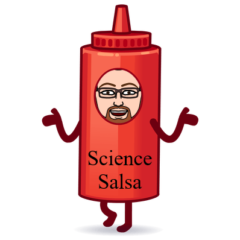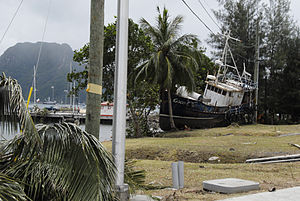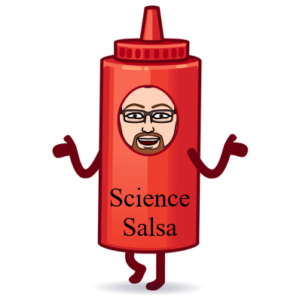
On Thursday night I bailed out from a picnic and concert with friends, but they are ok with it because they know I couldn’t help it. The Seattle Science Festival is happening this week and Thursday was the opening night. How could I not be at the Paramount theater for the event?
The main feature was the west coast premiere of Icarus at the Edge of Time, “a stunning multimedia performance about a boy who challenges the formidable power of a black hole”. Music by Philip Glass performed live by the Garfield Orchestra under the direction of Marcus Tsutakawa. Live narration by Kal Penn. The speakers for the evening got me first excited about going to the theater, and the trailer of Icarus intrigued me, as I seldom see this kind of multimedia performances in Seattle:
The evening started with Jennifer Ouellette, from Cocktail Party Physics blog, introducing her husband Sean Carroll (From Eternity to Here: The Quest for the Ultimate Theory of Time). He talked about the arrow of time, and how physicists understand entropy as the reason for time moving in one direction. He did a great job telling it for a general audience, Next was Adam Frank (About Time: Cosmology and Culture at the Twilight of the Big Bang) talking about how cosmology and our idea of time are always following each other. Brian Greene (The Elegant Universe, Icarus at the Edge of Time) came last to introduce Icarus at the Edge of Time. He set the stage by telling us about black holes, and then he let the visuals and music tell the story. I watched the performance invoking my 11-year-old self and I loved it, completely identified with Icarus. I also watched it invoking my slightly jaded adult self and I felt deeply moved by the music and visuals, identifying more with his father now.
After the performance I went home happy and looking forward to experience the rest of this Seattle Science Festival. I recomend you to check the excelent science options for all ages offered during the next week. For more information about the festival go to their webpage: http://www.seattlesciencefestival.org do not miss the big Expo Day on Saturday 8th.
Keep your eyes open, because you never know what you can learn from other attendants

I arrived early to the Paramount theater to get my ticket before they sold out. What a fun thing to wait for the doors to open in company of people excited about science and very knowledgeable!
Here is a picture of some folks I met at the Paramount’s corner, do you recognize them? Hint: one is NBC News Digital’s science editor the other is a science contributor to Forbes magazine. That is the magic of the science festivals, that you can learn a lot in the presentations, but also that you can learn even more from people you may find on the streets.
Related articles
- Putting The Fun Back Into Fundamental Science (npr.org)
- Take part in a science adventure (seattletimes.com)
- Brian Greene And String Theory Coming To Seattle Science Festival 2013 (forbes.com)









